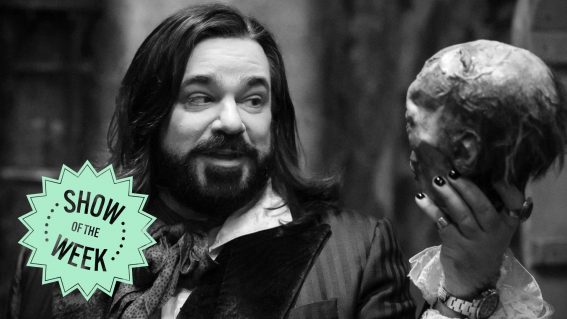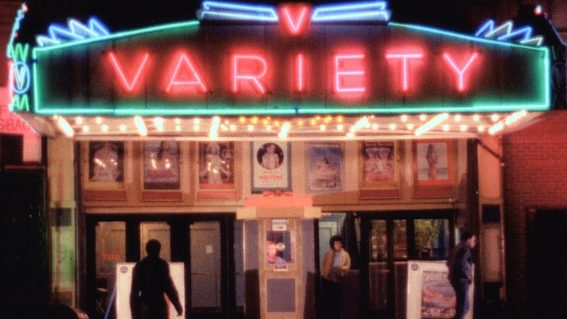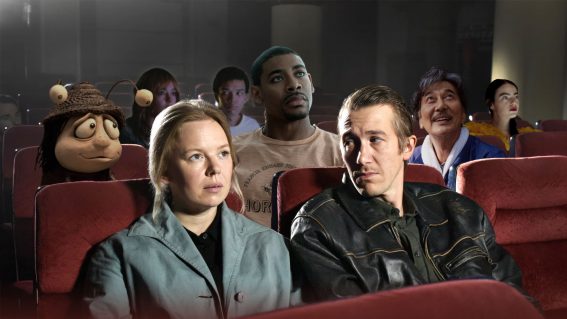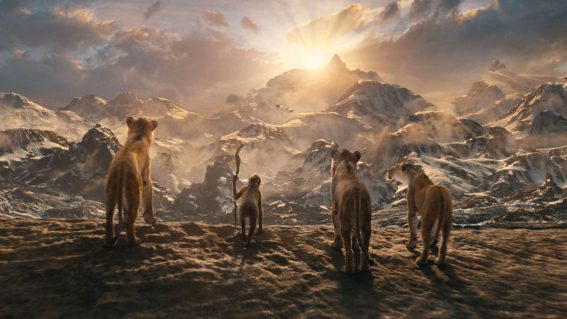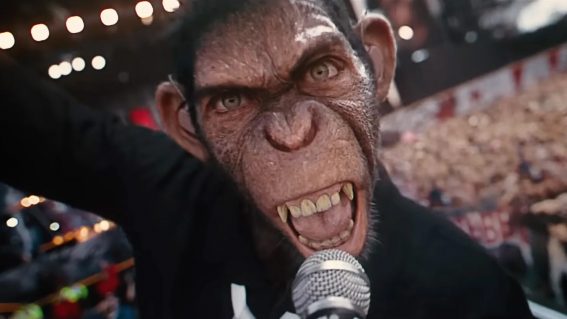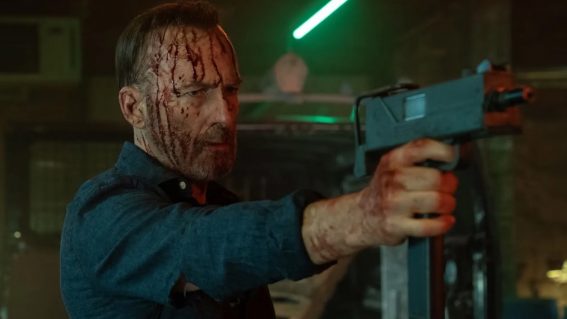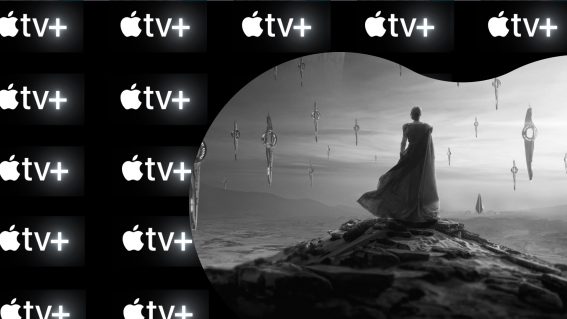All hail Lucy Gray, The Hunger Games’ great new heroine
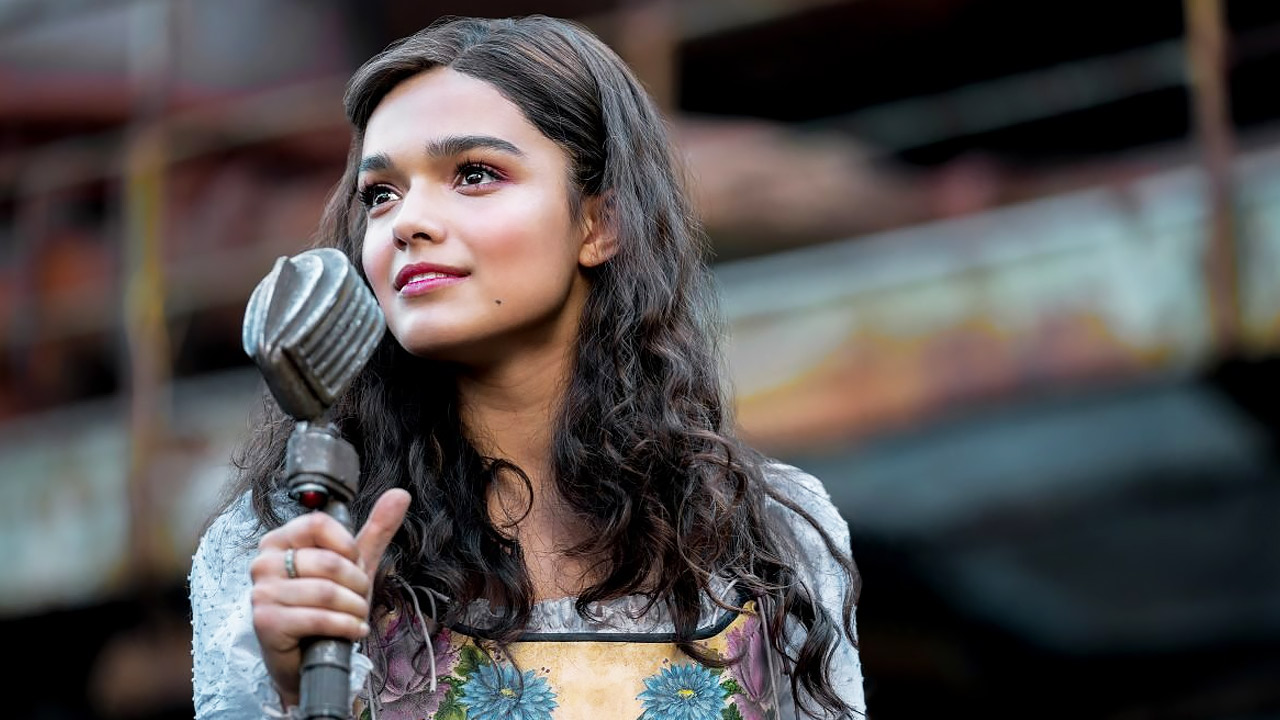
Possibly more interesting than The Hunger Games‘ hero Katniss Everdeen, Rachel Zegler’s character in prequel film The Ballad of Songbirds and Snakes has Luke Buckmaster thinking about the power of protest song.
The Hunger Games: The Ballad of Songbirds & Snakes
What if triumph or tragedy, survival or destruction, life or death were determined by a single song, performed at exactly the right moment, for exactly the right crowd? What if stopping mid-performance meant certain annihilation? I won’t tell you precisely what scene in The Hunger Games: The Ballad of Songbirds and Snakes I’m referring to, or divulge spoiler-ish details. You’ll know it when you see it. Finding catharsis in the ancient pleasures of a song well sung, while dishing up some rather outré visions, it’s the film’s pièce de résistance. And it hinges on the plight of a great new character: Rachel Zegler’s Lucy Gray Baird.
Any strong female personality introduced in this franchise, which adapts Suzanne Collins’ smash-hit world-gone-wrong sci-fi series, lives in the shadow of Katniss Everdeen: the warrior goddess who rose from poverty to revolutionary political power, played in the first four movies with great hardiness and stoicism by Jennifer Lawrence. Baird more than holds her own as the leading lady in director Francis Lawrence’s unexpectedly (given the lethargy-inducing previous two Hunger Games movies) compelling prequel, set more than 60 years before the events of the first.
The Ballad of Songbirds and Snakes is a villain origin story following the formative years of the man who will become President Snow. This is 18-year-old Coriolanus “Coryo” Snow (Tom Blyth, also very captivating), a student of a prestigious secondary school who’s strong-willed, tenacious, awfully privileged, and not the kind of guy you want to cross. Assigned the role of mentoring Baird during the 10th Hunger Games, Snow’s win-at-all-costs attitude contrasts Woody Harrelson’s booze hound mentor to Everdeen in the previous films, dishing out nuggets of inspiration such as “embrace the possibility of your imminent death.”
The Ballad of Songbirds and Snakes is also a romance, in some respects, though the union of Snow and Baird is never reduced to the usual together-or-not binary terms, and the former’s ominous prewritten destiny gives their relationship the tang of doom. Baird is introduced during a “reaping” (the event in which contestants for the next Hunger Games are announced) in the impoverished District 12. As she approaches the stage she drops a snake down the back of a young woman, who, naturally, freaks out. This moment is an important touch, obscuring Baird’s place on the moral spectrum: is she good or bad, hero or swine?
We know she’s a performer, belting out a rousing number about the state’s inability to purloin one’s inner spirit (“nothing you can take from me was ever worth keeping,” she croons). This is our first impression of a woman whose love of performance seems to inform every aspect of her life, her spirit etched in folksy protest songs and sheer defiance: a turbocharged and battle-scarred Woody Guthrie, plonked into Maximus’ arena, via la revolution. “I don’t sing when I’m told to,” she tells Coryo. “I sing when I have something to say.”
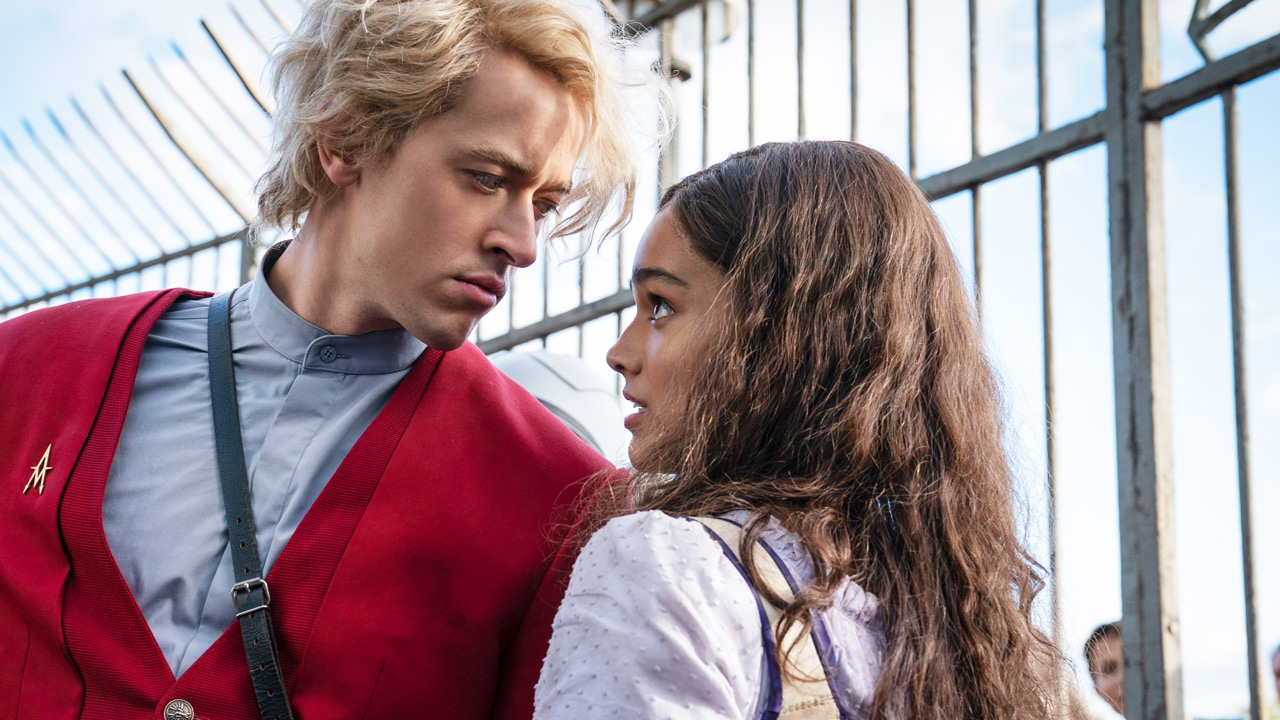
It’s also the first time the film begins to unpack the creation of legends: how human behaviour merges with a particular socio-political context to become something else, something larger, tapping into a underlying mood or sentiment, giving voice and clarity to abstract aspects of the zeitgeist—feelings swelling beneath the surface.
Baird performs throughout the film, which audaciously mounts a case, in the scene I referenced at the beginning of this article, that artistic expression can (in admittedly extreme circumstances) save somebody’s hide. She is forced into gladiatorial combat, which of course is an artist’s worst nightmare: the bohemian thrown among the barbarians. Before Baird enters the arena, during a televised interview, she performs another moving folksy song—about love, loss, mortality. By this point we still don’t “get” her. We can’t be sure of her motivations (beyond survival) or worldview; we can’t pigeonhole her or put her into a box. We have a fuller picture by the film’s end, though certain things remain unclear. In some ways she’s a more interesting character—certainly more enigmatic—than Everdeen’s archetypal lone warrior.
Rachel Zegler’s transfixing performance brings colour and shade, while retaining a thick air of mystery and outsiderism: the feeling that Lucy Gray is dancing to her own beat, operating on the fringes of society, maybe the fringes of morality. Zegler scored the plum role of Maria in Steven Spielberg’s West Side Story, which, it is now clear, did little to capture her unusual charisma and verve, her je ne sais quois. We get it in spades here. Her presence is felt even after the film ends. Post-credits, Baird lingers in the mind like a spectre, sort of tangible and sort of not. We can sense her roaming through some far-flung forest: looking for love, finding trouble, guitar in hand, song on the mind.






